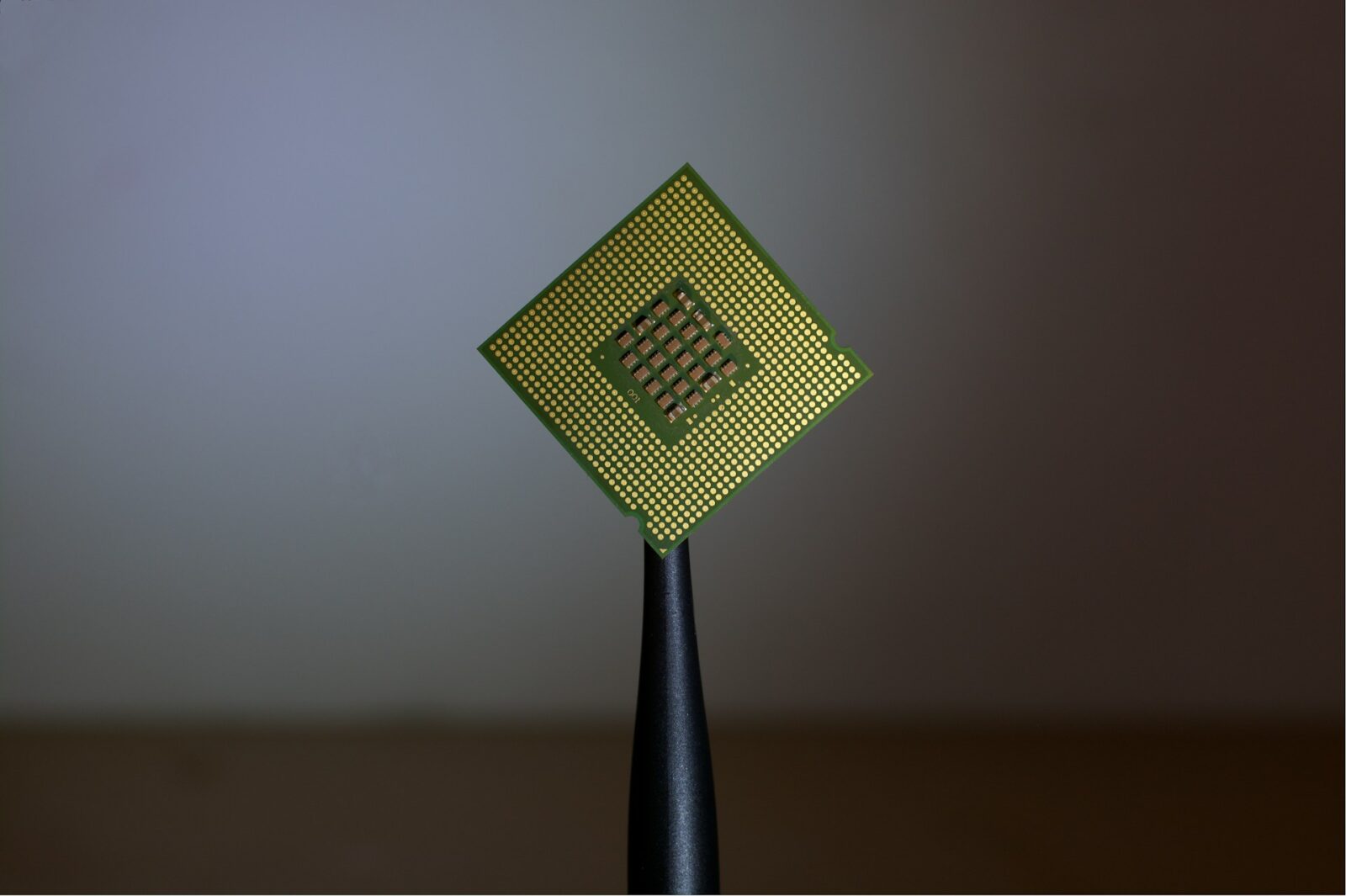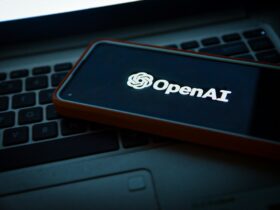The AI Power Dilemma
Artificial intelligence is transforming industries at lightning speed, but it comes with an expensive side effect: skyrocketing energy consumption. AI data centers today consume as much electricity as small towns, raising urgent questions about sustainability and efficiency.
Now, Taiwan Semiconductor Manufacturing Co. (TSMC), the world’s largest chipmaker, is taking a bold step to tackle the issue. By partnering with design software leaders Cadence Design Systems and Synopsys, TSMC is using AI itself to design smarter, greener chips. The goal? Cut energy use by up to 10x while keeping pace with AI’s exponential growth.
This approach could be a turning point for both semiconductor innovation and climate-conscious computing.
TSMC’s Energy-Efficient Strategy
At a recent Silicon Valley conference, TSMC unveiled its new vision:
- AI-designed chips that prioritize energy efficiency.
- Targeting up to a 10x improvement in efficiency compared to current generations.
- Introducing chiplet architecture, where multiple smaller chips (“chiplets”) are packaged together for better performance and flexibility.
For context, Nvidia’s flagship AI servers can consume as much as 1,200 watts during heavy workloads. If scaled across large data centers, this power draw is equivalent to the electricity consumed by 1,000 U.S. homes running continuously.
TSMC’s initiative could dramatically reduce this footprint, allowing more sustainable scaling of AI applications.
How AI is Designing the Chips of Tomorrow
Traditionally, chip design has been a painstaking process handled by teams of engineers. But now, AI-driven tools are rewriting the rules.
- Cadence Design Systems and Synopsys rolled out new AI-based software products designed in close collaboration with TSMC.
- These tools can run simulations, test designs, and optimize layouts far faster than humans.
- Example: Some tasks that take engineers two days to complete can be done by AI tools in five minutes.
According to Jim Chang, deputy director at TSMC’s 3DIC Methodology Group:
“That helps to max out TSMC technology’s capability, and we find this is very useful.”
This shift highlights a new era where AI isn’t just powered by chips—it designs them.
The Chiplet Revolution
One of the biggest innovations TSMC is banking on is the chiplet approach:
- Instead of creating one massive chip, multiple chiplets with different functions are packaged together.
- Benefits include:
- Lower energy consumption.
- Faster processing through modular design.
- More flexibility in combining CPU, GPU, and AI accelerators in one package.
Chiplets could become the backbone of future AI servers, quantum computing machines, and next-gen smartphones.
Beyond Electrical Limits: Optical Connections
While chiplet packaging is a step forward, the industry is running into physical bottlenecks:
- Moving data on and off chips with traditional electrical connections is reaching its limits.
- Solution: Optical connections (light-based data transfer) for faster and more energy-efficient communication between chips.
Kaushik Veeraraghavan, engineer at Meta Platforms, emphasized:
“Really, this is not an engineering problem. It’s a fundamental physical problem.”
This means the future of chips may lie not just in silicon, but in integrating photonics (light-based systems) into semiconductors.
Why This Matters for Data Centers
Data centers—home to the AI servers powering ChatGPT, self-driving cars, and global cloud infrastructure—are at the heart of the problem.
- Current AI workloads are so energy-hungry that they pose a threat to both profitability and climate goals.
- TSMC’s improvements could:
- Cut energy bills for major cloud providers (Amazon AWS, Microsoft Azure, Google Cloud).
- Support global sustainability initiatives.
- Enable scaling AI without overwhelming national power grids.
For example, if TSMC’s 10x efficiency goal is realized, the electricity needed for training massive AI models could be reduced by billions of kilowatt-hours annually.
Competition Among Chip Giants
TSMC isn’t alone in the energy-efficiency race. Its competitors are also innovating:
- Intel: Developing advanced packaging like Foveros 3D stacking.
- Samsung: Investing in AI-optimized foundry services.
- Nvidia: Exploring liquid cooling and AI accelerator chips to reduce energy demand.
However, TSMC’s partnership-first strategy with software firms like Cadence and Synopsys gives it an edge in AI-driven design.
| Company | AI Chip Strategy | Energy Efficiency Focus | Key Innovations | Challenges |
|---|---|---|---|---|
| TSMC | Partnership with Cadence & Synopsys for AI-powered chip design | Targeting up to 10x efficiency improvements in AI workloads | Chiplet architecture, optical connections, AI-driven design tools | High R&D costs, global supply chain risks, scaling challenges |
| Intel | Developing next-gen packaging technologies (e.g., Foveros 3D stacking) | Improving energy per transistor and focusing on data center optimization | Hybrid architectures, on-die power efficiency, integrated accelerators | Lagging behind TSMC in advanced nodes, manufacturing delays |
| Samsung | Expanding foundry services with AI-optimized chip production | Investing in lower-power semiconductors and cooling solutions | GAAFET transistors, advanced memory chips (HBM3, HBM4) | Intense competition from TSMC & Intel, export restrictions |
The Role of Governments and Regulators
Energy efficiency in chips isn’t just a business goal—it’s becoming a national priority.
- Governments are pushing green computing mandates.
- Regulations in Europe and Asia now incentivize companies to adopt low-energy AI infrastructure.
- The U.S. is funding semiconductor R&D through initiatives like the CHIPS and Science Act.
TSMC’s innovations could help align with these policies, securing both funding and regulatory goodwill.
Challenges Ahead
While the promise is huge, challenges remain:
- Technical complexity – AI chip design is still new and may face bugs or scalability issues.
- Cost – Advanced chiplet and optical systems require billions in R&D spending.
- Supply chain constraints – AI chip demand may outpace production capacity.
- Geopolitical risks – U.S.-China tensions could impact TSMC’s global supply chains.
Yet, the industry consensus is clear: without radical energy savings, AI growth could stall.
Final Thoughts: AI Designing the Future of AI
The semiconductor industry stands at a historic crossroads. As AI reshapes the world, its own survival depends on chips that can handle the workload without consuming unsustainable amounts of power.
TSMC’s pioneering move to use AI in chip design—in collaboration with Cadence and Synopsys—signals a new era where machines help design the very hardware that powers them.
If successful, this could redefine the energy equation of AI computing, enabling breakthroughs in everything from cloud services to autonomous vehicles—while keeping the world’s lights on.
The message is clear: in the race for AI supremacy, efficiency is the new performance metric.







Leave a Reply